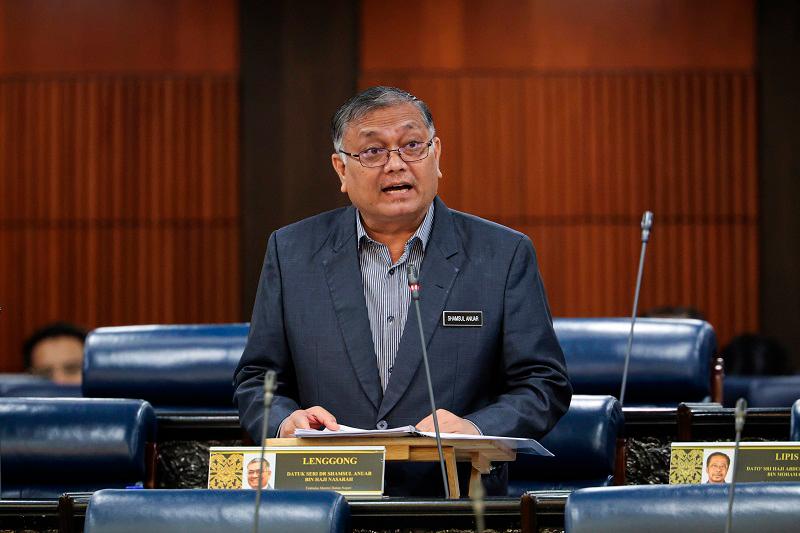KUALA LUMPUR: The Home Ministry (KDN) is conducting a feasibility study for the development of the National Border Control System (NBCS) as an effort towards empowering the use of artificial intelligence (AI) technology in border security control.
Deputy Home Minister Datuk Seri Dr Shamsul Anuar Nasarah said the proposed development of NBCS is part of the ministry’s strategic move to strengthen the country’s border security control with the latest technology in line with the world’s current technological developments.
He said the system will be equipped with the latest surveillance system and AI technology to enable unsupervised operations, intelligent control process, rapid real-time information dissemination, and continuous surveillance to ensure peace, stability and harmony in the country.
“The use of this AI-based technology will allow detection of objects to be carried out effectively, besides being able to avoid false alarms and assist the security team in making decisions to improve the efficiency of security control at the border,” he said during the question and answer session at the Dewan Rakyat today.
He was responding to a question from Datuk Adnan Abu Hassan (BN-Kuala Pilah) regarding the ministry’s initiative to increase the use of technology, especially involving AI, in strengthening national border control to reduce the risk of criminal threats to the country.
Shamsul Anuar said the study, carried out by the Institute of Public Security of Malaysia (IPSOM) through the appointment of a team of researchers and experts from public universities, is expected to take 14 months and is scheduled to be completed in November this year
In response to a supplementary question from Adnan about whether the ministry plans to upgrade facilities at the country’s entrance by using a facial recognition system, Shamsul Anuar said that the ministry was currently developing a biometric system with AI capabilities, namely the Automatic Biometric Identification System (ABIS) and it is expected to be ready for use in 2026.









